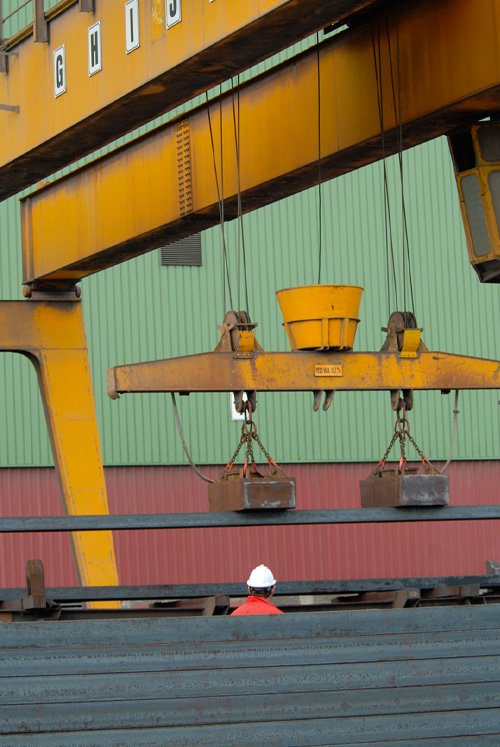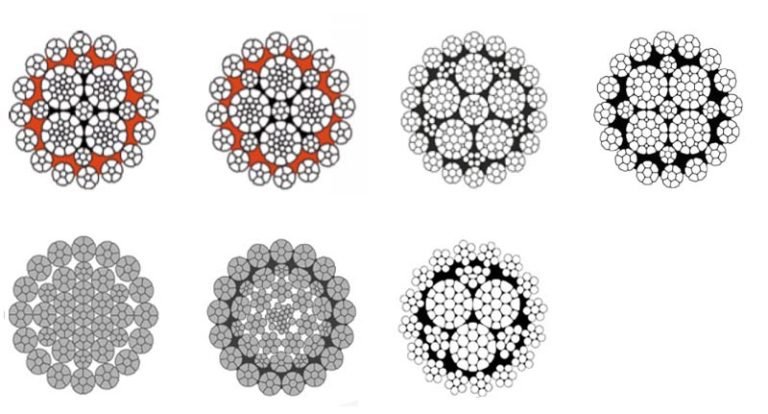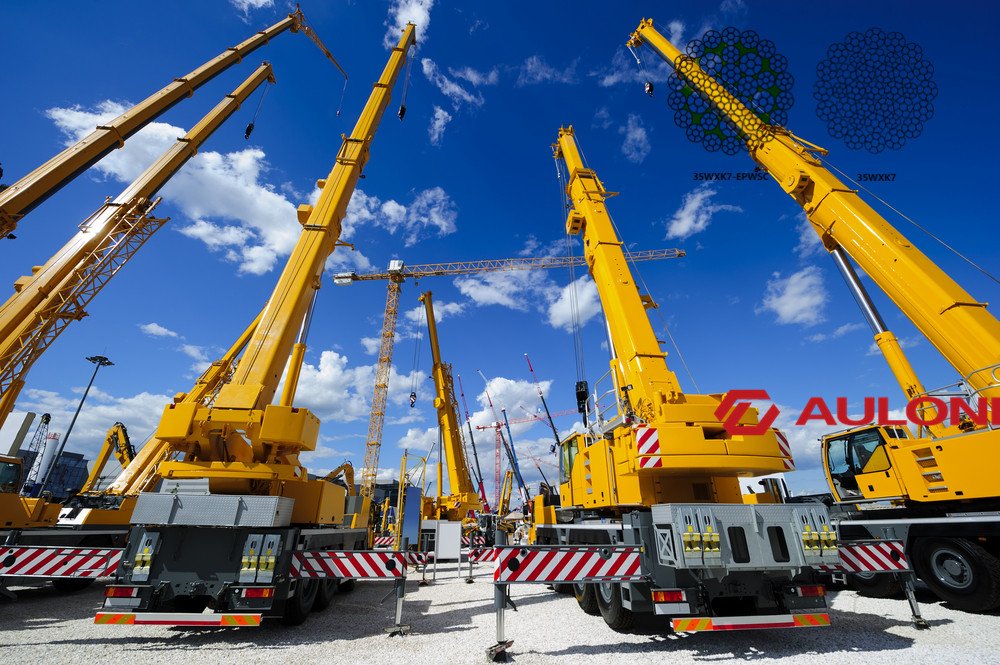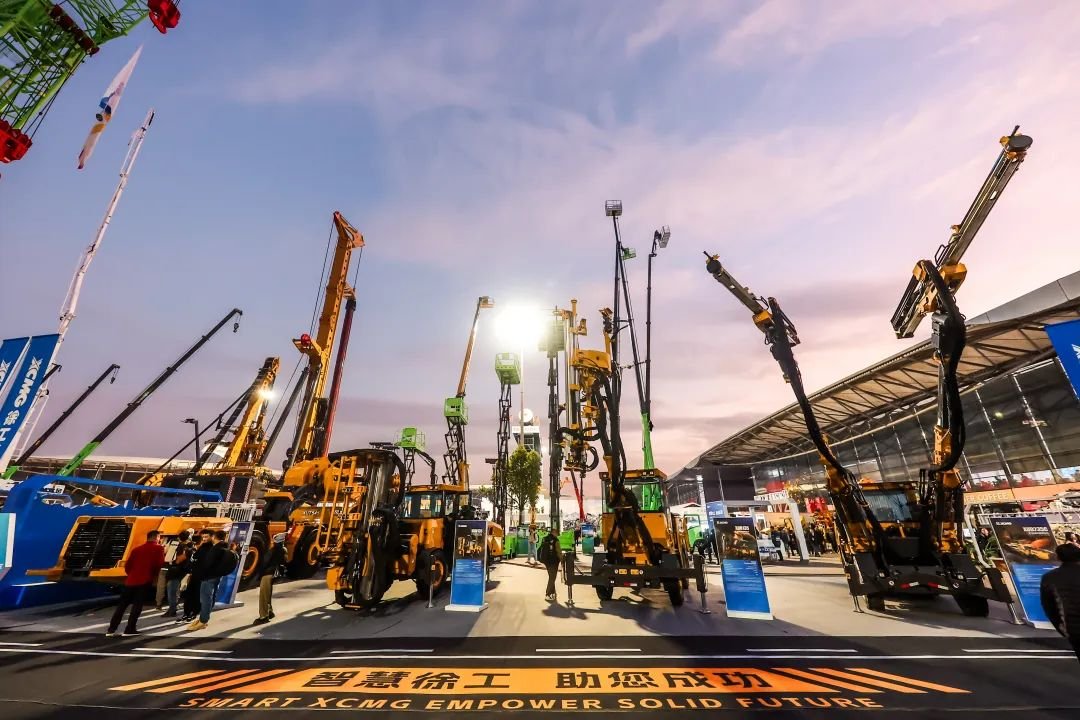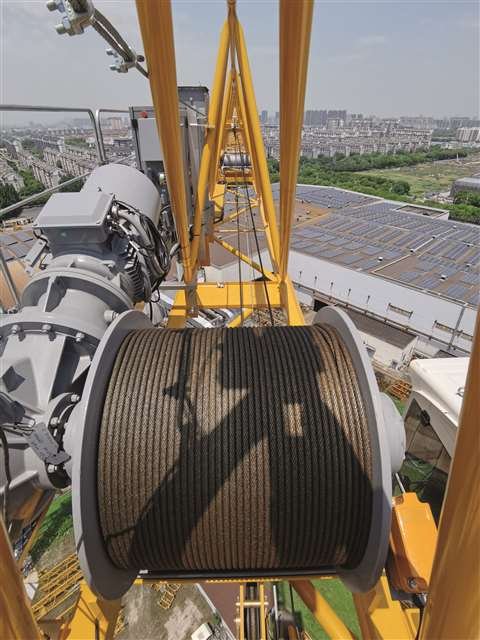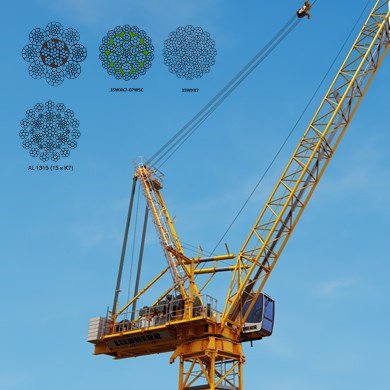
Does your project need strength and corrosion resistance? Stainless steel wire rope is a great choice. It handles harsh conditions well.
Stainless steel wire rope is mainly used where corrosion resistance, high strength, and a clean appearance are needed, such as in marine, architectural, and food processing applications.
I remember a time a client asked for a solution. They needed something strong for a wet environment. It had to last. Stainless steel was the answer.
What makes stainless steel wire rope better than other types?
Stainless steel wire rope offers unique benefits. It stands out from other wire ropes. Why choose it for your next project?
Stainless steel wire rope offers superior corrosion resistance, high tensile strength, and good aesthetic appeal, making it ideal for harsh environments and visible applications.
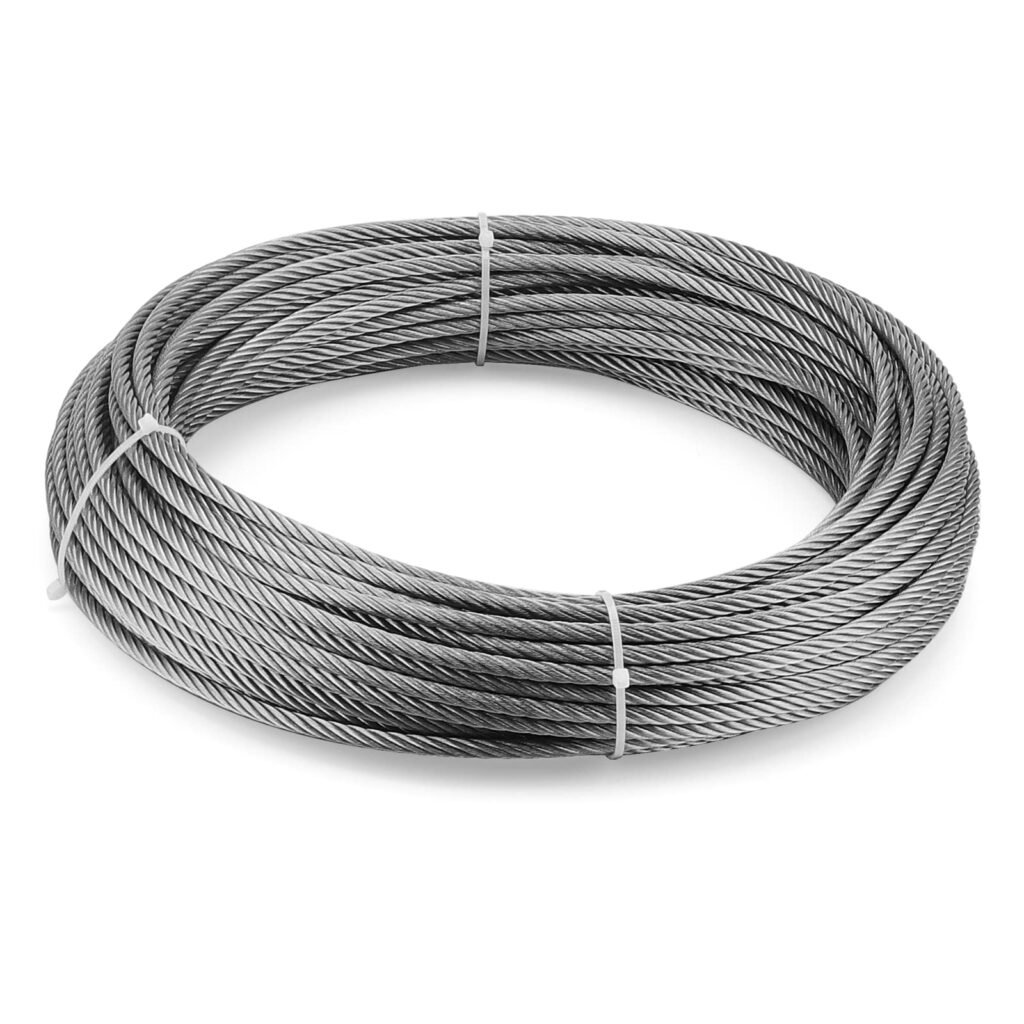
When selecting wire rope, you must consider many factors. Stainless steel has qualities others lack. Think about the conditions.
Benefits of Stainless Steel Wire Rope:
- Corrosion Resistance: It resists rust and corrosion. This is key for marine or chemical settings.
- Strength: It has high breaking loads. This means it can safely lift heavy items.
- Aesthetics: It looks good. This is important for architectural uses.
- Durability: It lasts a long time. This reduces replacement costs.
How Stainless Steel Compares:
| Feature | Stainless Steel Wire Rope | Galvanized Wire Rope | Synthetic Rope |
|---|---|---|---|
| Corrosion Resistance | Excellent | Good | Excellent |
| Tensile Strength | High | High | Moderate |
| Aesthetics | High | Moderate | Low |
| Weight | Heavy | Heavy | Light |
| Cost | High | Moderate | Moderate |
My factory ensures high quality. We use good materials. This makes our stainless steel ropes strong. They meet EN12385-4 standards. Clients often ask for certifications. We provide BV & CE, RMRS, DNV, ABS certificates when needed.
Where is stainless steel wire rope commonly used?
Stainless steel wire rope has many uses. Its properties make it versatile. It serves various industries well.
Stainless steel wire rope is commonly used in marine rigging, architectural structures, construction, and specialized industrial applications due to its resilience and corrosion resistance.

I once worked with a client. They needed ropes for a new building design. It was a modern, open structure. The ropes had to be strong and look clean. Stainless steel was the best fit.
Key Application Areas:
- Marine & Offshore: It endures saltwater. This makes it perfect for boat rigging. It is also used in oil rigs.
- Architecture: It looks sleek. It is great for railings, balustrades, and structural support.
- Construction: It handles heavy loads. It is used in cranes and lifting equipment.
- Food Processing: It is sanitary. It does not rust. This is vital in clean environments.
- Mining: It is strong. It withstands harsh underground conditions.
Examples of Specific Uses:
| Industry | Specific Use Case | Key Benefit |
|---|---|---|
| Marine | Sailboat rigging, ship cranes | Saltwater resistance |
| Architecture | Balcony guardrails, bridge cables | Appearance and strength |
| Construction | Crane lifting lines, safety cables | High breaking load |
| Food Processing | Conveyor systems, processing lines | Hygiene, no rust |
| Mining | Hoisting ropes, safety barriers | Durability, strength |
Our factory has four production lines. We make various wire ropes. This includes stainless steel wire rope. We export to many countries. These include Singapore, Indonesia, and Australia. Buyers know our quality.
How do you choose the right stainless steel wire rope?
Choosing the right wire rope is important. It depends on your project needs. There are many types and specifications.
Choosing the right stainless steel wire rope depends on its intended use, breaking load requirements, resistance to specific corrosive agents, and desired flexibility or rigidity.

A purchasing manager once asked me. They needed ropes for a new crane. It had to lift heavy parts. We talked about breaking loads. We also discussed the environment. This helps find the right product.
Factors to Consider:
- Application: What will the rope be used for? This impacts the type.
- Strength: What is the maximum load? You need a higher breaking load than your working load.
- Corrosion: What kind of environment will it be in? Is it saltwater? Chemicals?
- Flexibility: Does it need to bend? Or be rigid? This affects the rope’s construction.
- Diameter: What size do you need? This impacts strength and fitting.
- Material Grade: 304 or 316 stainless steel? 316 offers better corrosion resistance for marine use.
Common Constructions and Uses:
| Construction Type | Characteristics | Typical Use Case |
|---|---|---|
| 1×19 | Rigid, high breaking strength | Architectural bracing, standing rigging |
| 7×7 | Flexible, good strength | General purpose, small rigging |
| 7×19 | Very flexible, general purpose | Lifting, control cables, running rigging |
| 6×36 | Flexible, high breaking strength | Crane ropes, heavy lifting |
We offer high-quality products. They have high tensile strength. They also have a high breaking load. We can customize logos. This helps our partners with branding. We also offer plastic impregnated and galvanized options.
How do you maintain stainless steel wire rope for long life?
Proper maintenance extends wire rope life. It ensures safety. Neglect can lead to early failure.
Maintaining stainless steel wire rope involves regular inspection for wear, cleaning to remove contaminants, and proper lubrication to prevent corrosion and reduce friction, ensuring a long and safe service life.

Andri, a client from Australia, is very precise. He always asks about maintenance. He wants his ropes to last. This shows how crucial good care is.
Essential Maintenance Steps:
- Regular Inspection: Check for damaged wires. Look for corrosion. Inspect end fittings.
- Cleaning: Remove dirt and salt. Use fresh water. This prevents buildup.
- Lubrication: Apply a suitable lubricant. This reduces friction. It also prevents corrosion.
- Storage: Store in a dry place. Keep it away from corrosive agents.
- Proper Use: Do not overload the rope. Avoid sharp bends.
Signs of Wear requiring replacement:
- Broken Wires: More than a few in a short length.
- Corrosion: Visible rust or pitting.
- Kinking: Permanent bends in the rope.
- Deformation: Swelling or flattening.
- Reduced Diameter: Sign of internal wear.
We pride ourselves on quality control. This is important for product longevity. Our products meet strict standards. This ensures they perform well. They last a long time. This is key for critical applications.
Conclusion
Stainless steel wire rope is vital for many tough applications. It offers strength, durability, and corrosion resistance. It is used in many industries.

